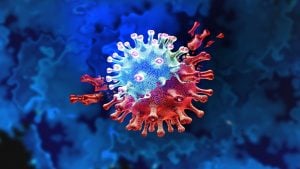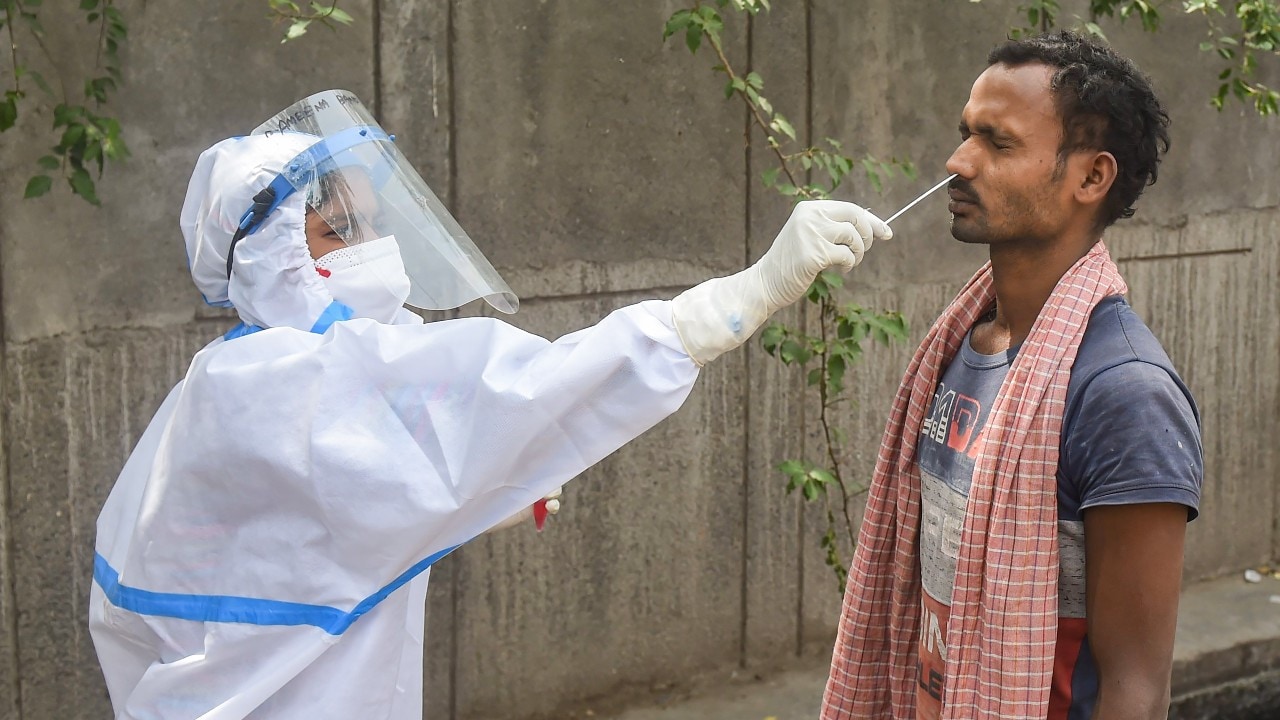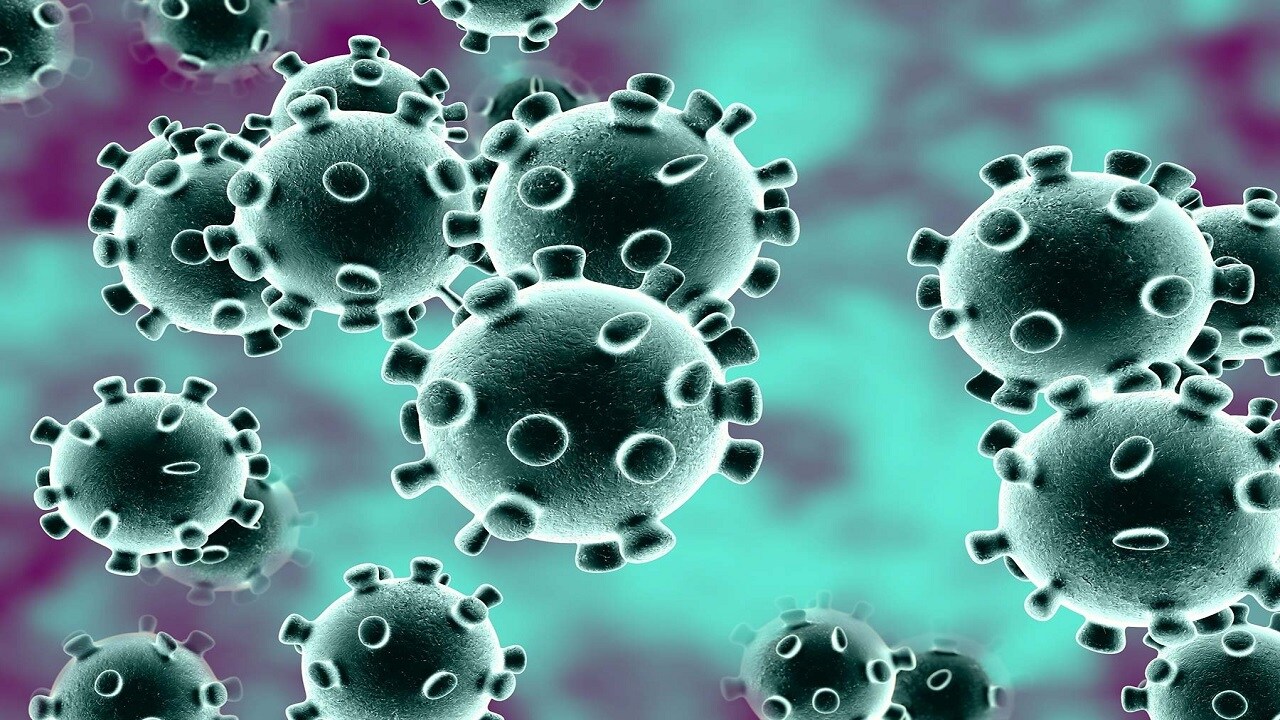New COVID variant B.1.1.529 appears to be more transmissible: Dr Shashank Joshi

KV Prasad Jun 13, 2022, 06:35 AM IST (Published)
 Listen to the Article (6 Minutes)
Listen to the Article (6 Minutes)
Summary
In an interview with CNBC-TV, Doctor Shashank Joshi, Member, Maharashtra COVID Task Force, mentioned that the new COVID variant B.1.1.529 appears to be more transmissible. He also mentioned that WHO will decide if it is a variant of concern or variant of interest once more data is available.
COVID-19 concerns are on the rise, globally. The World Health Organization (WHO) has flagged a new COVID variant – B.1.1.529 – indicating a large number of mutations in the new variant, which will require further study. This new variant has also triggered an alert in India with the government calling for rigorous screening and testing of international travellers coming from and transiting through South Africa and Hong Kong. In an interview with CNBC-TV18, Dr Shashank Joshi, Member, Maharashtra COVID Task Force, discussed what could be the implications for India.
“B.1.1.529 variant is a very rapidly transmissible strain,” he said
“This variant has a particular cluster of mutations near the cleavage site called furin, which makes the virus more transmissible,” he added.
Also Read: Australia investigates new COVID-19 variant found in South Africa
This is a super mutation. It has more than 30 mutations and these mutations are at multiple sites and are basically likely to have resistance to various antibodies, he noted.
So far, 77 cases from South Africa, 4 from Botswana and 2 from Hong Kong have been reported.
WHO is convening a meeting of the TAG-VE to better understand the timeline for studies that are underway and to determine if this variant should be designated as a variant of interest or a variant of concern.
“This variant is likely to be named today in the WHO meeting – either as variant of interest or variant of concern because of its fast transmissibility,” he added.
Also Read: WHO calls special meeting as new COVID-19 variant in South Africa raises concerns
Globally, still the dominant variant is Delta and in India, there is Delta derivative which is getting lesser. In Japan, Delta has become extinct and has self-destructed itself.
“Whether you are single vaccinated or double vaccinated, whether you had COVID or no, you must follow two things – one is double mask or single mask whenever you are out. If you are having a cloth mask, it is not sufficient because it is an air-borne droplet virus, at least have surgical three-ply mask or wear an N-95 mask. Second – it is air-borne droplet virus, so ensure that you are in an airy environment. We need to continue with our COVID-appropriate behaviour; it is very much around. There is an active virus in circulation even in India,” he advised.
With pollution settling in, with smog settling in, with cold winter settling in, one should not be complacent at all, he noted.
“Get yourself vaccinated, get yourself masked independent of your vaccination status and be cautious and careful. Don’t be complacent,” he said.
Also Read: Centre issues fresh advisory to states, UTs over new COVID variant
The stronger strain of virus is a ‘variant of concern’ and the less stronger strain is a ‘variant of interest’.
“Currently, it is classified as neither because we don’t know the clinical implications, the severity or the mortality outcome of it. So once that data is available in public domain, only then the WHO will be able to classify it as a variant of interest or concern. But from a virology standpoint, it appears to be a variant of interest at least if not concern,” Dr Joshi explained.
The data from India and availability are the two factors which will determine the guidance on booster shot, which is likely to come very soon.
“People who are moderately to severely immunocompromised, healthcare workers, frontline workers, senior citizens as well as the complete population at large – after six months if they had two vaccine shots but no COVID – are likely to get eligibility for booster in times to come. If you had COVID and you have taken two shots, the COVID itself becomes like a natural booster,” he said.
For the full interview, watch the accompanying video.
Catch all market updates here.

Elon Musk forms several ‘X Holdings’ companies to fund potential Twitter buyout
3 Mins Read
Thursday’s filing dispelled some doubts, though Musk still has work to do. He and his advisers will spend the coming days vetting potential investors for the equity portion of his offer, according to people familiar with the matter

KV Prasad Journo follow politics, process in Parliament and US Congress. Former Congressional APSA-Fulbright Fellow










 Listen to the Article
Listen to the Article  Daily Newsletter
Daily Newsletter











